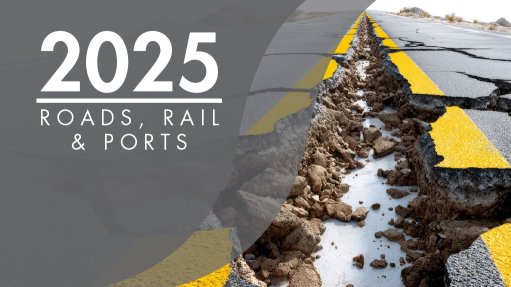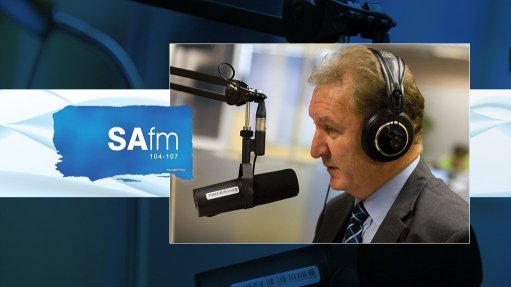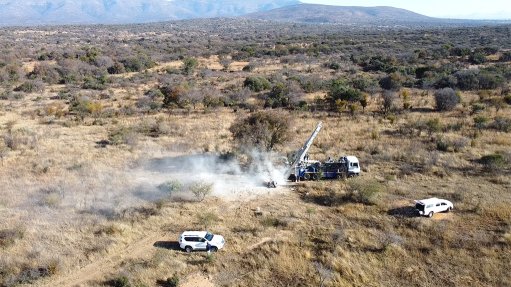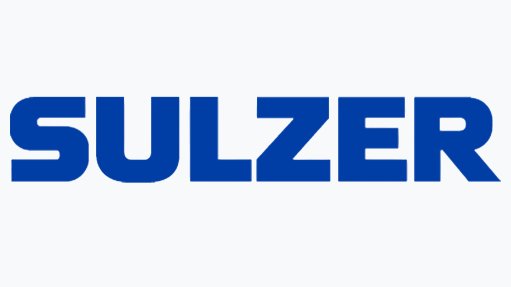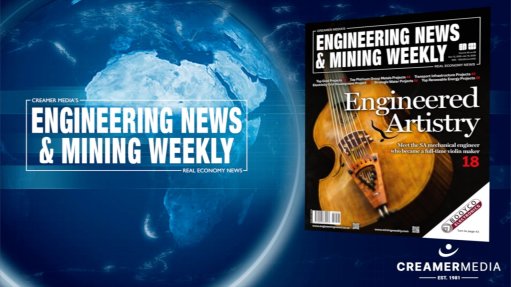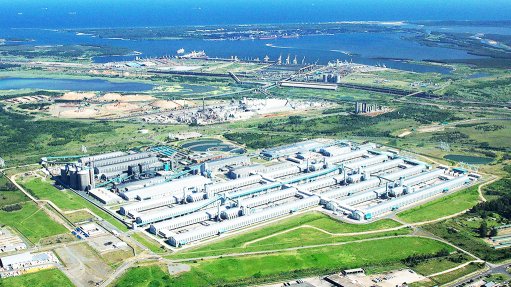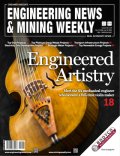NZ minister Shane Jones keen to build on new high standing
This article has been supplied.
New Zealand resources minister Shane Jones isn’t getting carried away with results of the latest Fraser Institute survey out of Canada that has the country ahead of all Australian states and territories across the ditch in its global mining investment attractiveness rankings. He says he’d like to “emulate that sort of distance ahead of you blokes in cricket”.
“More seriously, though, it requires an ongoing level of vigilance to ensure that the changes we made to our statutory framework actually deliver on our political promise,” says the veteran politician and senior figure in New Zealand’s coalition government. Those changes include the Fast-track Approvals Act 2024 (the Act) and new “golden visa” provisions.
“You know as well as I do it’s one thing for politicians to change the law,” Jones says.
“That then devolves down into the bowels of the bureaucracy. And we’ve had a long period of time where our bureaucracy in New Zealand has been very nervous and skittish around anything to do with mining.
“So one of the important roles I have to maintain that level of prominence in the Fraser stats is to ensure that political advocacy and rhetoric turns into genuine results.”
Topping the Oceania mining investment attractiveness table ahead of powerhouse regional mining jurisdictions such as Western Australia and running 12th overall of 82 jurisdictions in the latest edition of the 28-year-old Fraser Institute survey isn’t going to immediately check New Zealand’s recent economic slide or the mass flight of Kiwi jobseekers across the Tasman.
But Jones says it does reflect an important shift in outside sentiment that he’s keen to turn into stronger inflows of capital and domestic economic dividends. He sees the major annual International Mining and Resources Conference + Expo (IMARC) in Sydney in October as an important opportunity to beat this drum.
“The sentiment is related to visibility,” he says. “The sentiment is related to leadership and advocacy.
“I can’t provide the leadership as a Kiwi politician unless I’m out there putting myself in front of not only the geological, scientific crowd, and the [miners] who have dirt under their fingernails, but also the everyday folk whose contributions to pension funds, wealth funds and other investments, such as the NZ Accident Compensation Corporation (ACC), fund investment into industries such as mining.
“The value of this event [IMARC] is that everyone is together in a manageable location and if you’re there to do the business or to promote an opportunity it is a God-given opportunity.
“I’m also going to try and talk as much as I can to the media while I’m in Sydney. It’s all part of ensuring that more people, even if they don’t get to meet me, have got a very good sense that this bloke is up for the fight.”
Few who’ve followed Jones’ political career would doubt his combativeness. He says now, though, the battle to restore investment confidence in New Zealand’s resources sector is critical and that means a better balance between development and opposition forces than has been seen over the past two decades. “New Zealand is at a pivotal point in our economic journey”, he wrote this month. “We need momentum, less red tape and trade-offs. We cannot – and will not – close down our economy due to unrealistic UN demands. Our exports have declined as a percentage of GDP. The imposition of USA tariffs makes our job harder.”
Australian law firm Gilbert & Tobin says the “strategic intent” of the NZ Government’s 2025 Minerals Strategy, accompanied by regulatory changes, “signals a potential easing of the barriers that have hindered significant mining investment in New Zealand”.
“The government has developed a new fast-track consenting system for environmental and planning approvals,” the law firm says. “This means the timeframes to obtain consents are far shorter than standard consenting processes.”
The changes have been welcomed by incumbent miners and developers such as OceanaGold, Bathurst Resources, Santana Minerals and Federation Mining. Jones has said he wants to see mineral exports of circa-NZ$1.2 billion, currently dominated by gold and steelmaking-coal production, expand to $3 billion or more over the next decade.
“Mining had a bad rap from [former NZ prime minister] Helen Clark’s time on,” he says.
“It’s been marginalised and it’s taken a hammering as the climate narrative has risen and ascended in terms of the various ideological battles we’ve had here in New Zealand. But the approach of the party I belong to, New Zealand First, is that we will not be wasting the potential of our nation. We will not be hollowing out the industrial base of our nation to meet unrealistic targets that former governments might have committed us to in relation to the Paris Accord.”
While the Fraser Institute survey recognises mining industry perceptions of government policy improvements, or regression, around the world, Jones says New Zealand’s “one-stop-shop” regulatory efficiency model is not a facsimile.
“[Our model] was based on decades of heartache – heartache and sort of rear-end ache here in New Zealand,” he says.
“My leader, Winston Peters [NZF founder], who’s a highly trained lawyer, suggested that we get the work done whilst we were out of politics between 2020 and 2023. The legislation was based on a lot of information from local government and industry as to how difficult or virtually impossible it was to gain access to the necessary statutory permits.
“We didn’t really find anything in Aussie that was suitable to New Zealand because of your federal connections. I did a lot of reading on the United States and it was so constipated in the States … A lot of the dough associated with Biden’s inflation Reduction Act never left the computer screen.
“We had to be sensitive to [various] Treaty of Waitangi Maori tribal settlements and rights over here. So we couldn’t just lift holus-bolus something that might make sense in Indonesia or Saudi Arabia, two areas where a lot of Kiwis do work on oil and mineral-related projects.
“And we’ve also had a long, proud tradition of valuing our brand: clean [and] green.
“When I was up at the big event in Toronto [PDAC] I had a good session with the Alberta people and I think what they’re trying to refine is remarkably similar to our model. There was a tremendous level of interest from the Canadians in how we were dealing with the competing demands for participation rights from green groups, from Maori groups and from business groups.
“At the end of the day we’ve sought to ration it in such a way that nothing undermines the central purpose of the act, which is the accelerated delivery of a development dividend.”
Article Enquiry
Email Article
Save Article
Feedback
To advertise email advertising@creamermedia.co.za or click here
Press Office
Announcements
What's On
Subscribe to improve your user experience...
Option 1 (equivalent of R125 a month):
Receive a weekly copy of Creamer Media's Engineering News & Mining Weekly magazine
(print copy for those in South Africa and e-magazine for those outside of South Africa)
Receive daily email newsletters
Access to full search results
Access archive of magazine back copies
Access to Projects in Progress
Access to ONE Research Report of your choice in PDF format
Option 2 (equivalent of R375 a month):
All benefits from Option 1
PLUS
Access to Creamer Media's Research Channel Africa for ALL Research Reports, in PDF format, on various industrial and mining sectors
including Electricity; Water; Energy Transition; Hydrogen; Roads, Rail and Ports; Coal; Gold; Platinum; Battery Metals; etc.
Already a subscriber?
Forgotten your password?
Receive weekly copy of Creamer Media's Engineering News & Mining Weekly magazine (print copy for those in South Africa and e-magazine for those outside of South Africa)
➕
Recieve daily email newsletters
➕
Access to full search results
➕
Access archive of magazine back copies
➕
Access to Projects in Progress
➕
Access to ONE Research Report of your choice in PDF format
RESEARCH CHANNEL AFRICA
R4500 (equivalent of R375 a month)
SUBSCRIBEAll benefits from Option 1
➕
Access to Creamer Media's Research Channel Africa for ALL Research Reports on various industrial and mining sectors, in PDF format, including on:
Electricity
➕
Water
➕
Energy Transition
➕
Hydrogen
➕
Roads, Rail and Ports
➕
Coal
➕
Gold
➕
Platinum
➕
Battery Metals
➕
etc.
Receive all benefits from Option 1 or Option 2 delivered to numerous people at your company
➕
Multiple User names and Passwords for simultaneous log-ins
➕
Intranet integration access to all in your organisation





